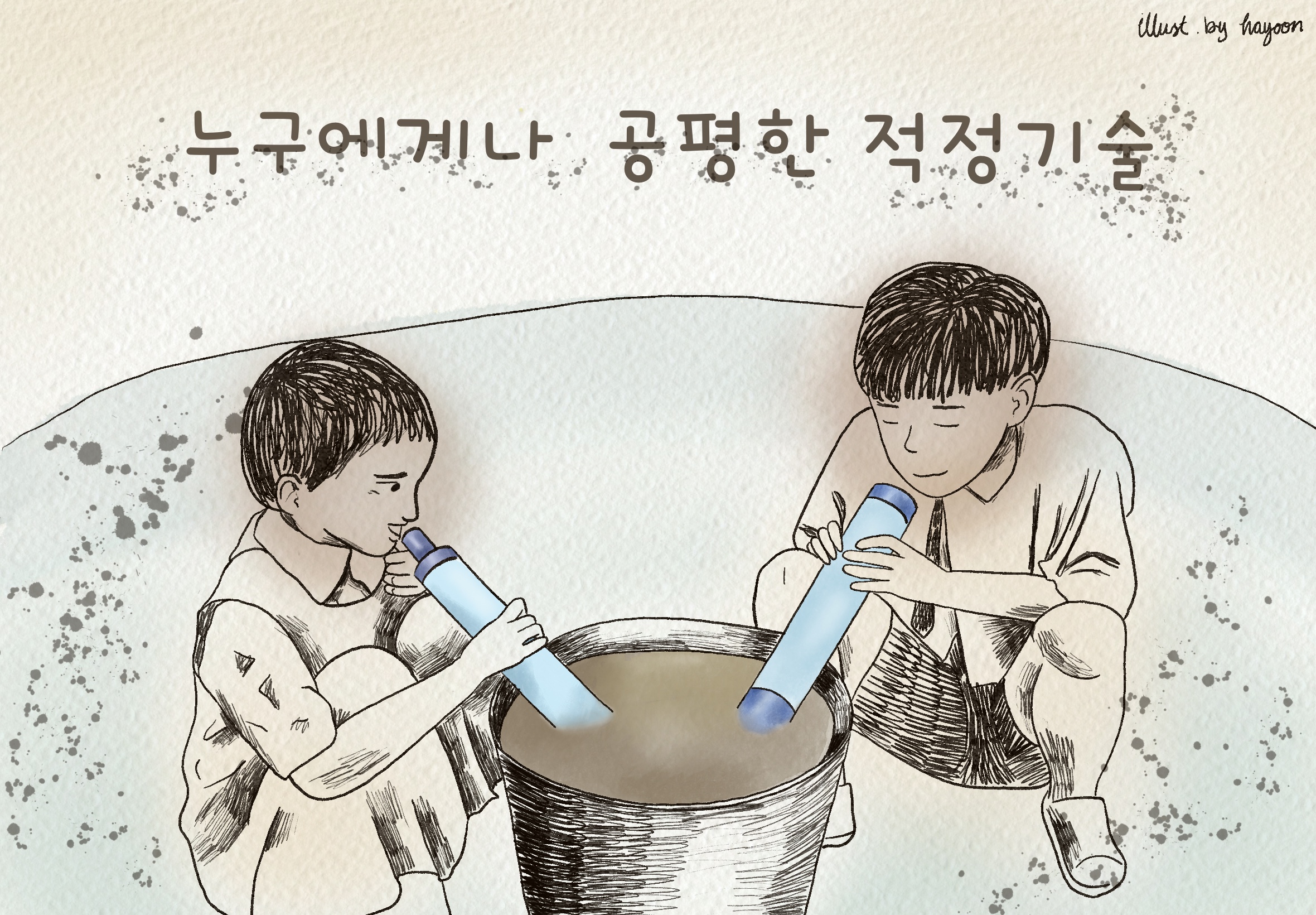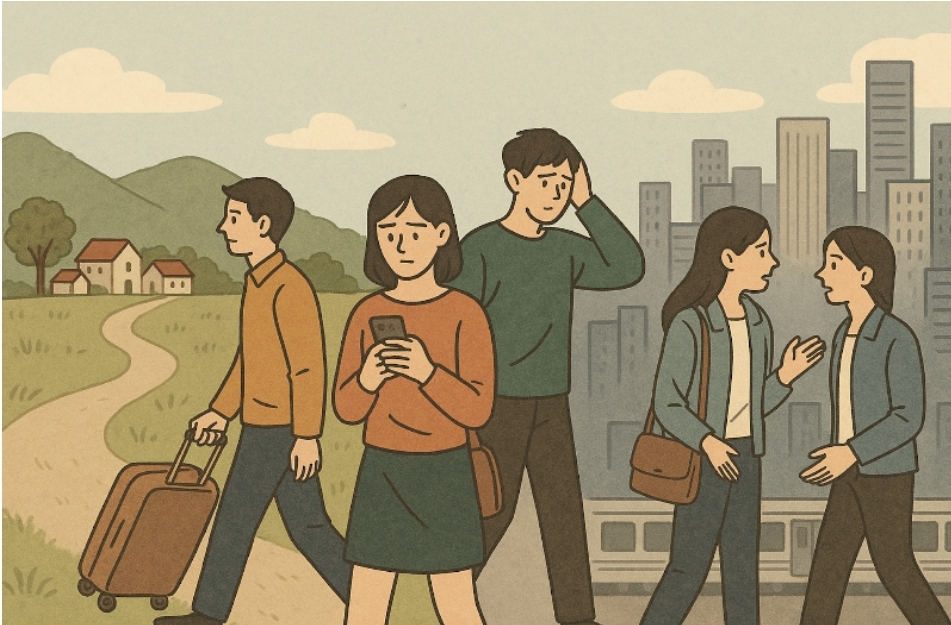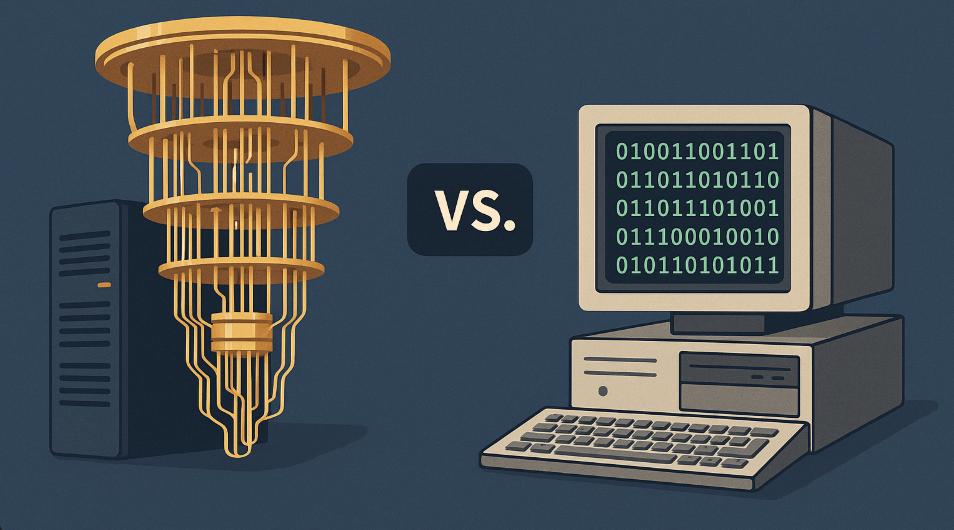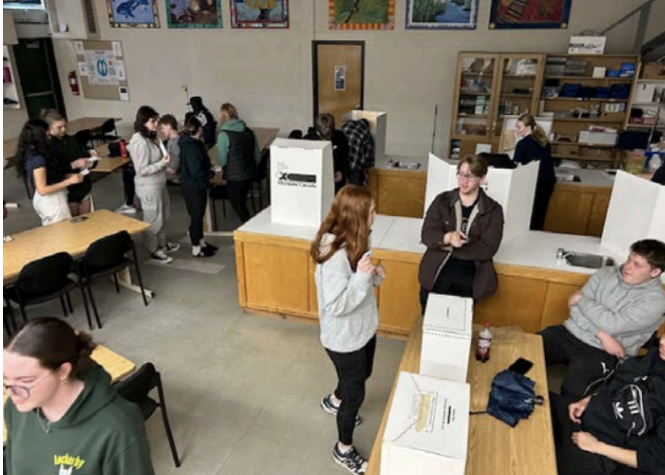
[Appropriate technology, technology for humanity]
translated by Yeonju Woo (DC Year 11)
written by kychan Kang 2006
In the 21st century, technology has been developing rapidly to become much more advanced. However, these technologies are expensive and are generally accessible to wealthy countries and people whilst poorer countries suffer from environmental problems and extreme poverty. People in Africa do not have access to clean water supplies and as farming techniques have not been developed enough, this leads to suffering and hunger. On the other hand, big cities threaten the global ecosystem by emitting large amounts of greenhouse gases due to industrialization – but the consequences are faced by developing nations.
Appropriate technology was first mentioned in 1973 by the economist Ernst Schumacher. He stated that intermediate technology, which is a term that describes something much more effective than “primitive” technology, but much less expensive and smaller-scale than the technology used in mass production, will reduce the gap between the rich and the poor and aid in the development of countries. Intermediate technology is now called appropriate technology and it is sustainable and easy to maintain. It also takes into account the political, cultural and environmental conditions of the region in which the technology is used. It exists somewhere between traditional technology and the technology of industrialized societies – it is also convenient to use, improving the value of life. Since appropriate technologies are manufactured using local materials, it is inexpensive and easily accessible. Moreover, local residents can create their own profits through the use of appropriate technology.
Appropriate technology began to gain social recognition in 1970 when scientists at Sussex University in England announced the Sussex Declaration, which demanded advanced countries to use science and technology to assist in the development of underdeveloped nations. In the 1980s, efforts to develop appropriate technologies suited to the environment of poor countries gained lots of support. Appropriate technology became more and more imperative as environmental issues arose and the gap between the rich and the poor widened due to rapid industrialization. This is besides being functional and relatively cheap, appropriate technology can be more durable as well as employing renewable resources. When the United Nations announced the Sustainable Development Goals (2015-2030), it established “poverty” and “hunger” as risk factors that threaten the future of mankind. To achieve the target of reducing extreme poverty and hunger by 50%, appropriate technology is one of the most viable solutions. By transforming it into a business model, it can change the quality of life for local residents.
An example of appropriate technology in action is The LifeStraw. Lifestraw is intuitive to use, can be worn around the neck, and requires no training, special tools or electricity to operate. The sucking action of the straw pulls the water through a filter that traps waterborne bacteria. It is very useful in Africa because one straw can provide enough drinking water for one adult per year. Another success story of appropriate technology is the Bamboo Treadle Pump invented by Paul Polak. It is a pedal that is operated by foot, and costs $8 for the pump and $25 for digging and building a well. The money is then collected to be given to those who make pedal pumps and water pipes, which makes a difference in their lives as they can make their own profits.
However, not all uses of appropriate technology have been successful. This has usually been because the technology was not adapted to local conditions. The Play Pump attaches a playground merry-go-round to a water pump. The idea is that when children play on the merry-go-round by running or hopping on it, this provides power for the pump which delivers water into a tank whilst simultaneously generating power. Unfortunately, it would take too long for children to play in order to fill the water tank and there were problems with the pump function, so it was eventually discarded.
The freshwater algae washing device invented by Professor Oh Yong-joon cleanses water with ultraviolet light and separates foreign substances from the pressure of air bubbles. This device is used to clean the “seaweed” (Kai) that grows in the Laos river. After this cleaning device was introduced, the residents were able to generate an income. Kai was not eaten by many people as it was considered to be unsanitary. However, through implementing this technology, it increased sales of fishermen who collect and sell Kai. Appropriate technology should not be seen as difficult, but an opportunity that adapts the technology we already use to meet the needs or solve problems of poorer countries. To some, it might not seem remarkable, but because small ideas can change the world, appropriate technology is essential for our future.
translated by Yeonju Woo (DC Year 11)
written by kychan Kang 2006
21세기에 들어서며 최첨단 기술은 많이 발전하였다. 하지만 이런 기술은 부유한 나라와 사람들이 사용하는 값비싼 기술로, 가난한 나라는 혜택을 받지 못하면서 환경 문제와 빈곤으로 고통받고 있다. 아프리카에 사는 사람들은 아직도 깨끗한 물과 좋은 음식을 먹지 못하고 농사 기술이 발달하지 못해 힘들게 살고 있고, 반면 도시는 고도화된 산업화로 다량의 온실가스를 배출하며 지구 생태계를 위협하고 있다. 그리고 이런 결과는 후진국에게 가장 큰 피해를 주고 있다.
빈곤국의 희망이 되는 적정기술은 1973년 경제학자인 에른스트 슈마허가 처음으로 언급하였다. 또한, 최첨단 기술과 원시 기술의 중간 단계인 중간 기술이 빈부 격차 문제를 해결하고 후진국의 발전을 도울 것이라고 주장하였다. 중간 기술은 이제 적정 기술이라고 불리며 기술이 사용되는 사회의 정치적, 문화적, 환경적 조건을 고려해 그 지역에서 지속적인 생산과 소비가 가능하도록 한 기술이며 과거 원시적인 기술과 첨단 기술 사이에 존재하고 이용이 편리하고 삶의 가치를 향상시켜 준다. 그리고 적정기술은 현지에서 구할 수 있는 재료를 이용하며 제작하기 때문에 돈이 많이 들지 않고 누구나 사용할 수 있다. 또 지역민 스스로 수익을 만들어 지속적으로 기술을 활용할 수 있게 한다.
적정 기술의 필요성은 1970년 영국 서식스 대학교의 과학자들이 개발 도상국의 발전을 위해서는 선진국이 과학 기술을 활용한 원조를 적극적으로 늘려야 한다는 서식스 선언을 발표하면서 적정 기술이 사회적으로 지지를 얻기 시작하였고 2000년대 들어서는 가난한 나라들의 환경과 상황에 맞는 적정 기술을 개발하려는 노력이 더욱 활발해졌다. 적정기술은 산업화 때문에 환경 문제와 빈부격차가 심해지자 더욱더 필요해졌고 유엔은 지속가능 발전목표(2015~2030)를 발표하면서 인류의 미래를 위협할 위험 요소로 ‘빈곤’과 ‘굶주림’을 꼽았다. 그래서 극심한 빈곤과 기아의 탈출을 목표로 50%를 줄이고자 하였는데 적정 기술이 해결책 중에 한 가지이다. 그리고 비즈니스 모델로 만들어 지역 주민들의 삶의 질을 바꿀 수도 있다.
적정 기술에는 실패와 성공의 사례들이 있는데 대표적인 성공 작품은 생명 빨대이다. 생명 빨대는 흙탕물을 식수로 바꾸어 주는 물건인데 목에 걸고 다니다가 물에 넣고 빨대를 빨면 필터를 통해 불순물을 제거한다. 여과를 한다는 점은 정수기의 원리와 비슷하지만 필터 교체나 전기 공급은 필요가 없어 전기가 없는 곳에서 사용이 가능하다. 빨대 하나로 성인 한 명이 1년간 충분한 식수를 공급받을 수 있어 아프리카에서 아주 유용하게 쓰이고 있다. 두 번째 적정기술의 성공 사례는 폴 폴락이 발명한 대나무 페달 펌프이다. 발로 밟아서 움직이는 페달로, 펌프 1대에 8달러, 땅을 파고 우물을 만드는 비용으로 25달러를 받았다. 돈을 받은 이유는 우물을 파는 사람, 페달 펌프를 만드는 사람, 수로 파이프를 만드는 사람들이 모두 각자의 이윤을 남길 수 있게 하여 삶을 근본적으로 변화시키고자 했기 때문이다.
하지만 현지 상황을 이해하지 못해서 실패한 사례도 있다. 놀면서 물을 퍼 올리는 플레이 펌프는 깨끗한 지하수를 끌어올리는 적정기술 제품으로 회전 기구와 대형 펌프가 결합되어 있다. 회전 기구에 아이들이 올라타 기구를 돌리면 이때 생기는 동력으로 지하수가 흘러나와 물탱크로 모이게 되는 원리인데 아이들이 물탱크를 꽉 채우려면 너무 오랫동안 놀아야 하고 펌프 기능에도 문제가 있어 거의 폐기처분 되었다.
오용준 교수가 발명한 민물 조류 세척 장치는 자외선으로 물을 세척하고 공기방울의 압력을 이용하여 이물질을 분리하는 원리이다. 이 민물 조류 세척 장치는 주로 라오스 강에서 자라는 카이를 세척하는 것에 쓰이는데, 세척 장치를 도입한 후, 주민들의 소득이 늘어났다. 원래 카이는 그냥 먹으면 세균이 많아 병에 걸릴 수 있어 사람들이 많이 먹지 않았지만 민물 조류 세척 장치를 이용했더니 카이를 채집하는 어부나 해녀들의 판매량이 늘어났기 때문이다. 적정기술은 어려운 기술이 아니라 우리가 이미 알고 있고 편리하게 사용하는 기술을 해당 지역과 사람들에게 맞춰서 응용하는 기술이다. 특별하지 않지만 작은 아이디어가 세상을 변화할 수 있는 착한 기술이기 때문에 적정기술은 꼭 필요한 기술이다.





